The knowledge vault
Filter articles
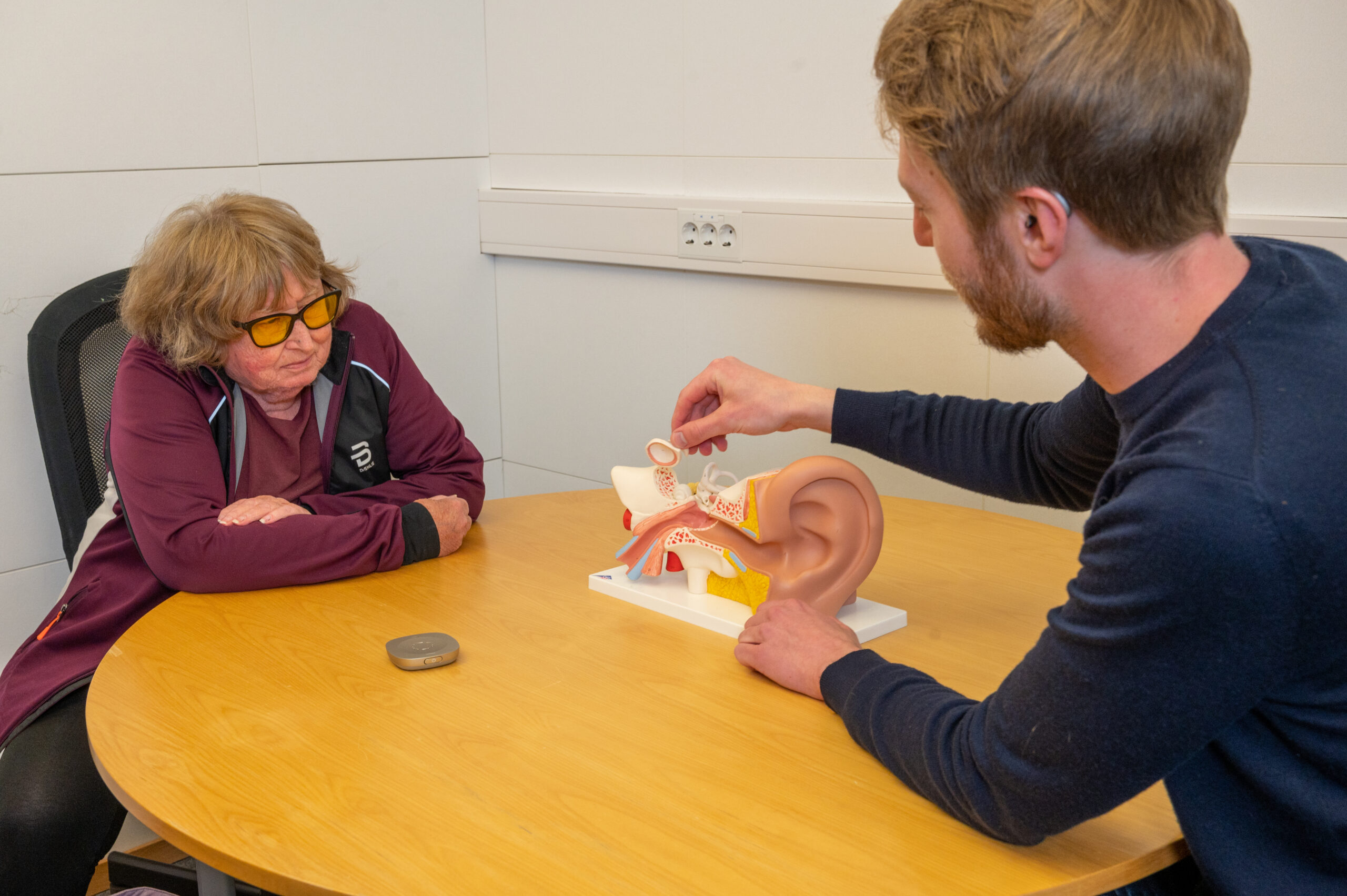
What is hearing and characteristics of hearing loss?
Hearing is an important sense of distance that allows us to receive information about our surroundings from a distance. Hearing can be used to communicate with sound and speech, but it can also be used for much more.
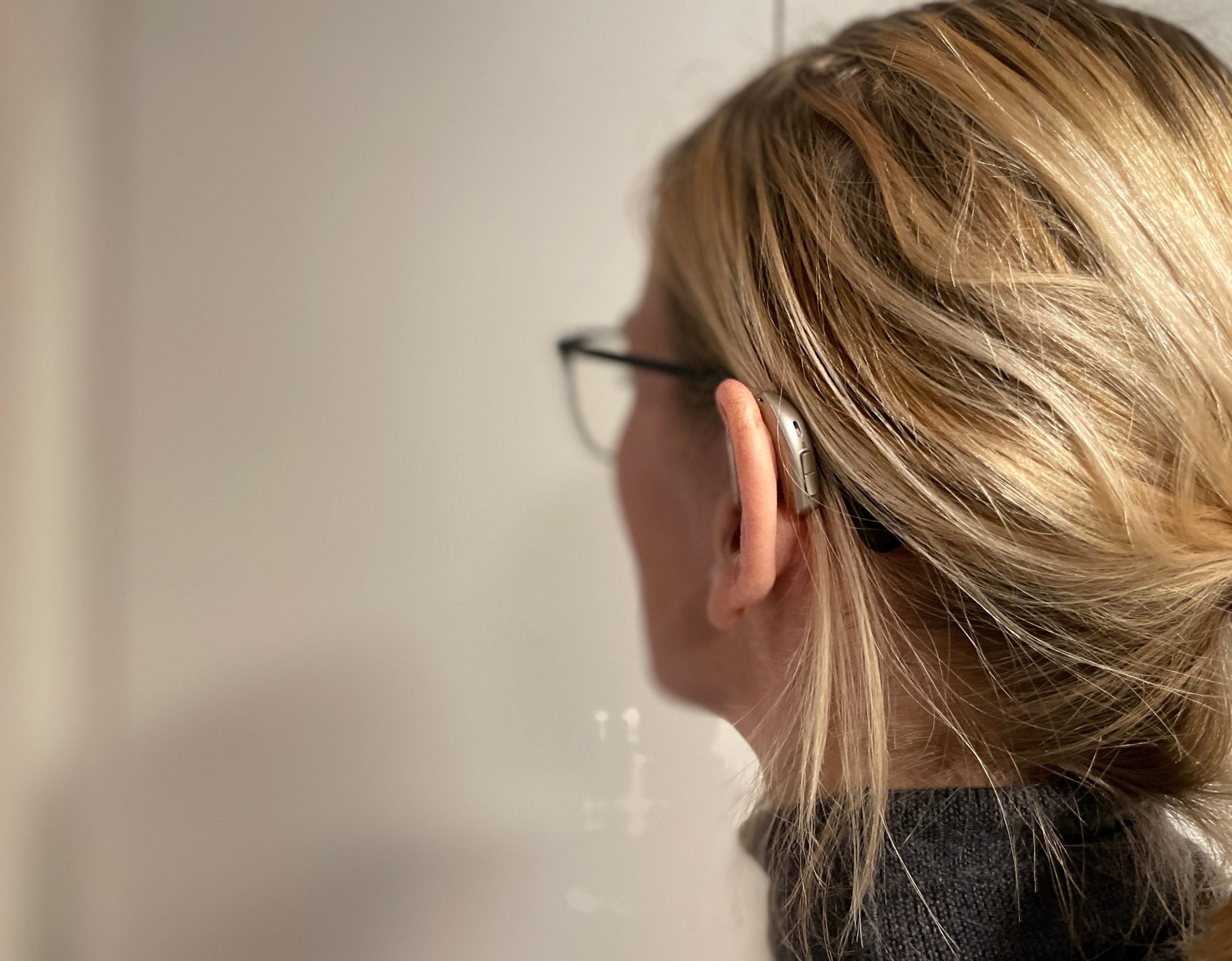
Laws and regulations about hearing aids in Norway
In Norway, hearing aids are free, and you get them from NAV via a hearing centre at a hospital or an appointment specialist who has an agreement with a health authority. Below is an overview of the laws and regulations concerning hearing aids in Norway that you may want to know about.
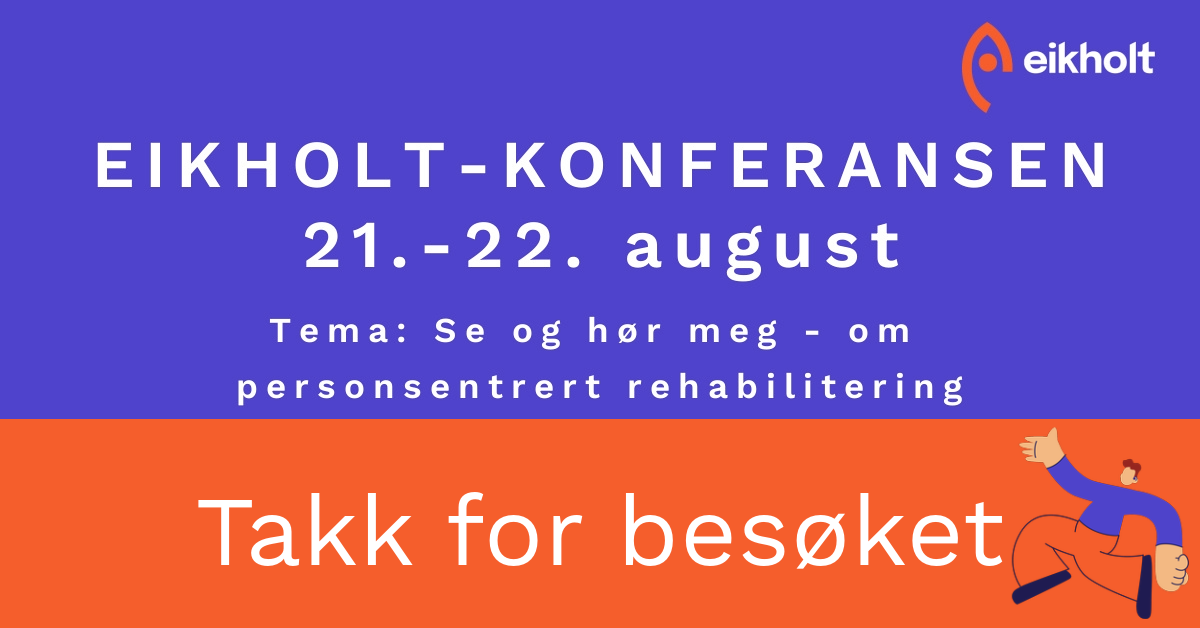
Eikholt Conference 2024, on person-centred rehabilitation
The Eikholt conference is held in August each year and aims to disseminate relevant expertise related to visual and hearing impairment/deafblindness. This year, the conference was held on 21-22 August as a physical conference with the theme "See and hear me - about person-centred rehabilitation".
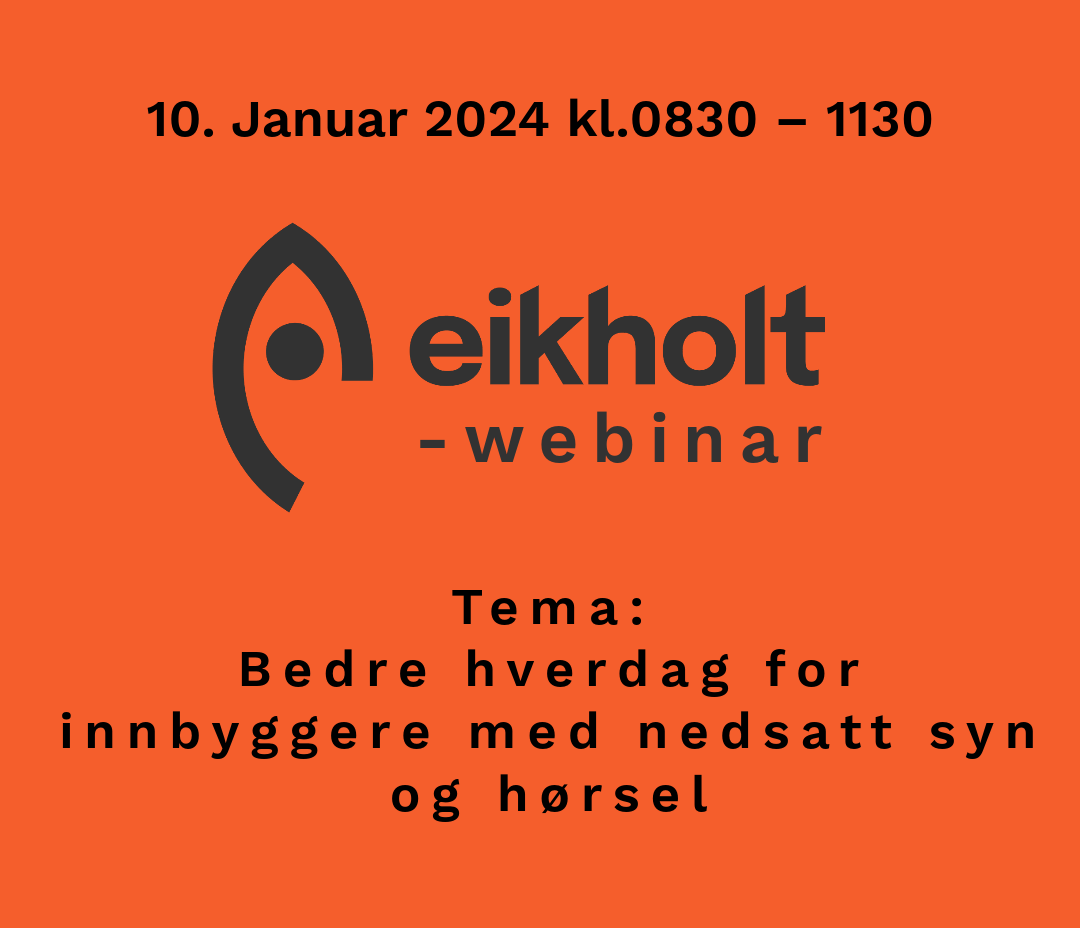
Webinar to refresh your vision and hearing knowledge
On 10 January 2024, a webinar was held on the topic of better everyday life for citizens with impaired vision and hearing. The webinar was aimed at vision and hearing contacts in the municipalities, employees at NAV's assistive technology centre, but was relevant and open to anyone who meets people with combined visual and hearing impairment.

Boundless sporting joy - football madness at its best!
The experience of attending a football match has been described by one of the experience consultants in the Boundless Sports Joy project as "absolutely awesome". The project is about facilitating the participation of people with combined visual and hearing impairment/deafblindness as spectators at football matches. The use of haptic signalling, image interpretation, Norwegian sign language and tactile boards has been tested. The project is also about ownership of one's own rehabilitation process - what is important to me.
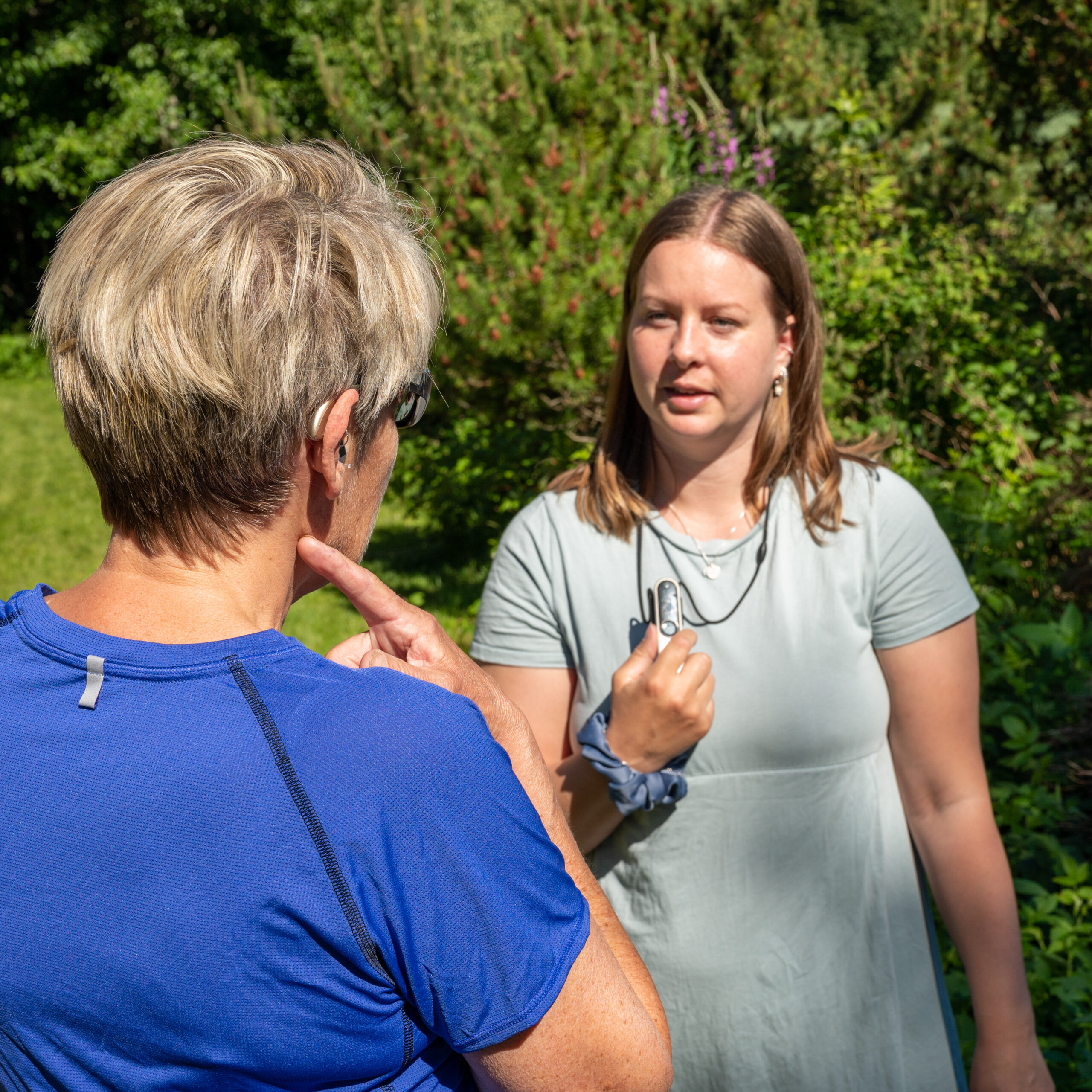
Deafblindness
Deafblindness is a term used to describe a combined visual and hearing impairment where the sensory losses mutually reinforce each other. Deafblindness is considered a separate disability. Deafblindness refers to a person who has such a high degree of combined visual and hearing impairment that it causes significant difficulties in daily life.
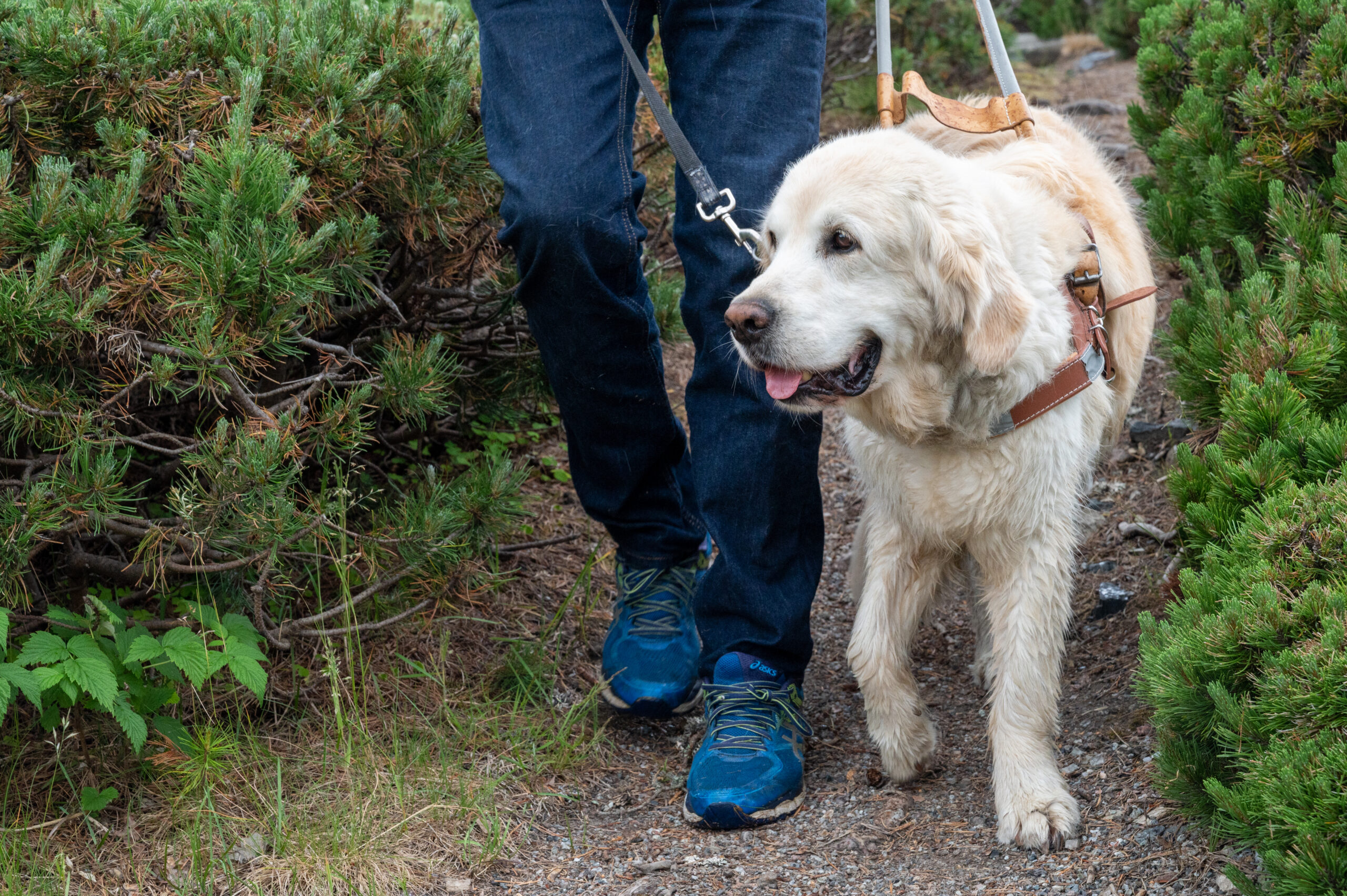
Haptic communication and guide dogs
Cathrine Timm Sundin, Senior Communication Advisor at Eikholt, in collaboration with Hapti-Co, has carried out a project on the use of haptic communication in the context of guide dogs and practitioners.
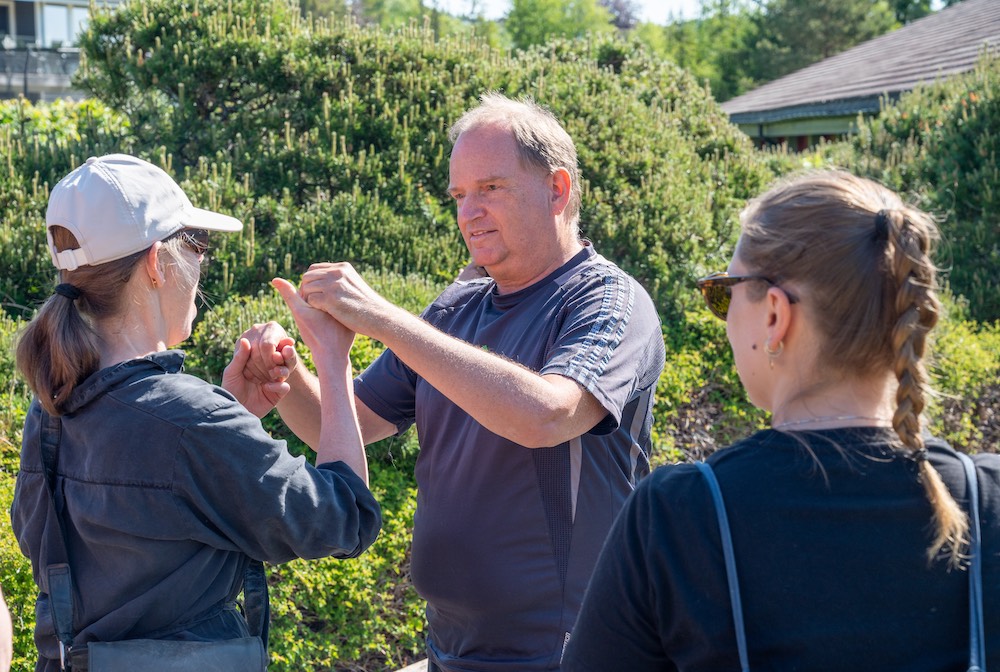
Communication for people with combined visual and hearing impairment/deafblindness
Communication for people with combined visual and hearing impairment/deafblindness varies from person to person. The form of communication, the need for distance to the conversation partner and lighting conditions all vary. A combination of different forms of communication is often used.
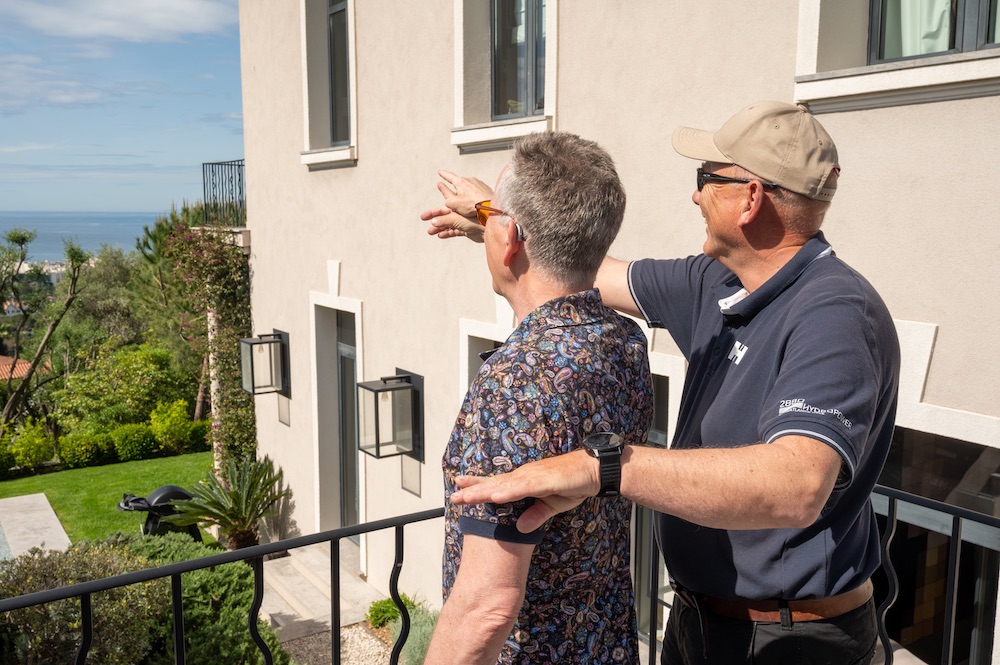
Usher syndrome, types and inheritance
Usher syndrome is a rare inherited genetic disorder that leads to combined visual and hearing impairment/deafblindness. Usher syndrome is the most common single cause of deafblindness in people under the age of 65. 50% of all deafblind people under the age of 65 have Usher syndrome. Usher syndrome is not linked to other neurological conditions, only visual and hearing impairment.
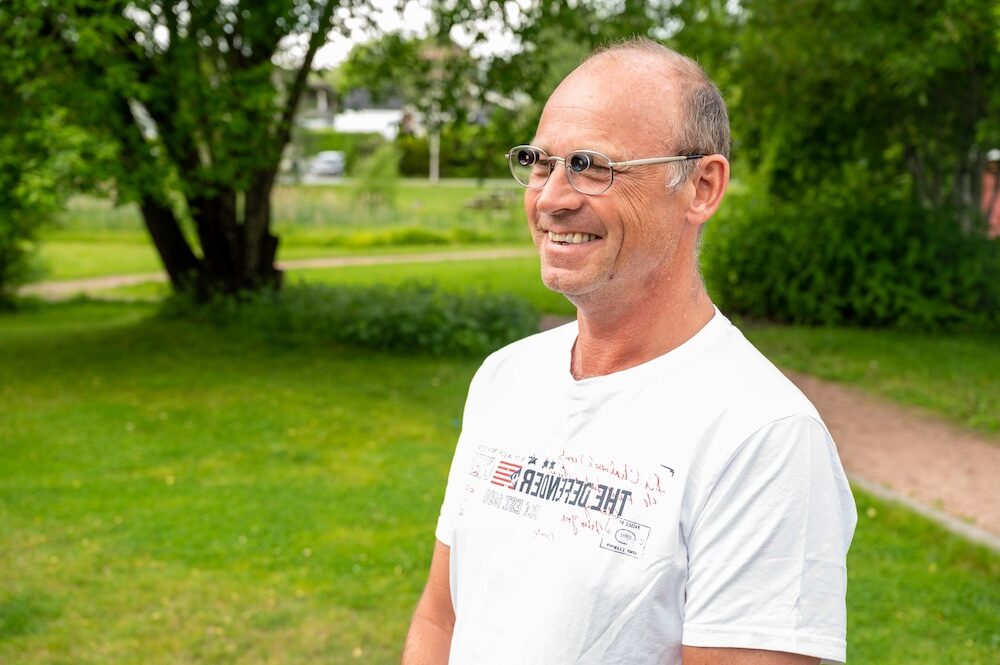
Usher syndrome and unreported cases in Norway
Usher syndrome is the most common syndrome leading to deafblindness, and 50% of all deafblind people under the age of 65 have Usher syndrome (Castiglione & Möller, 2022, p. 42). The diagnosis of Usher syndrome can be made on the basis of clinical findings or a genetic test.